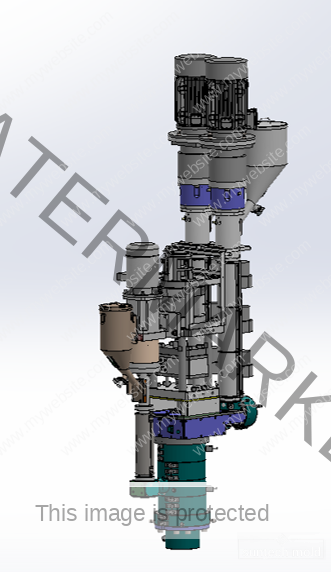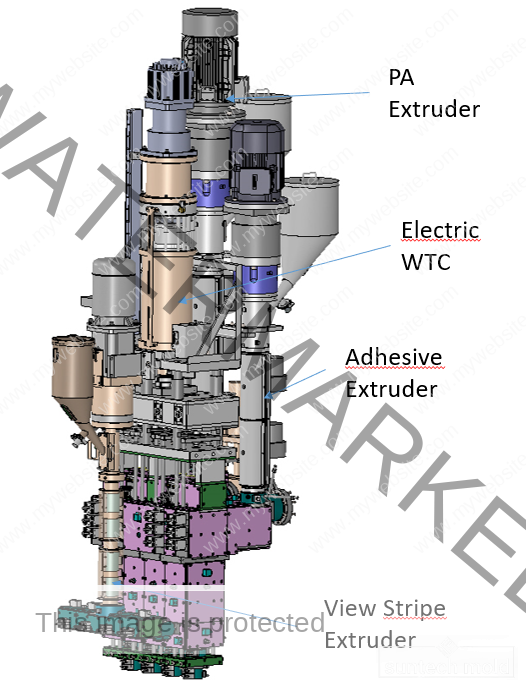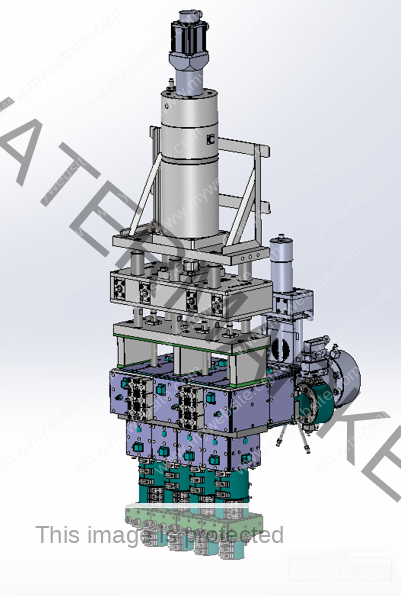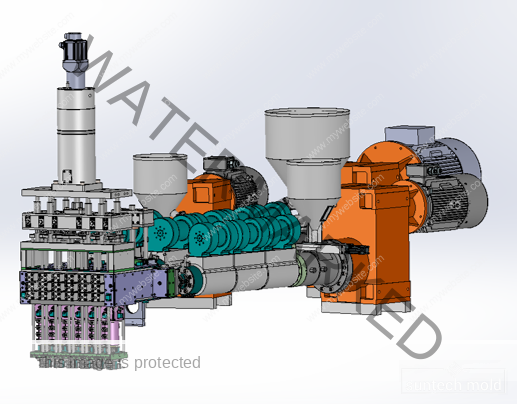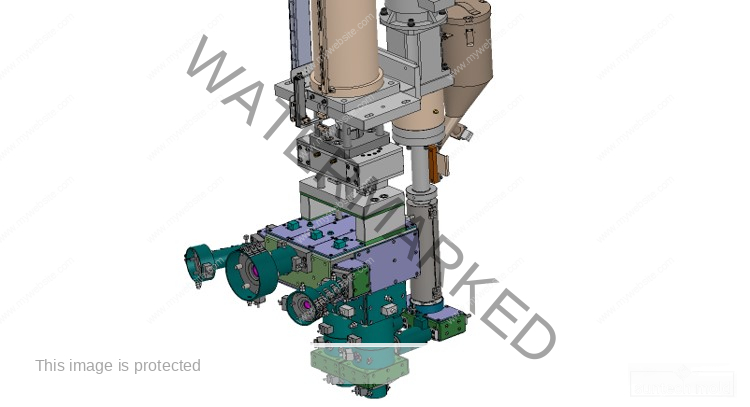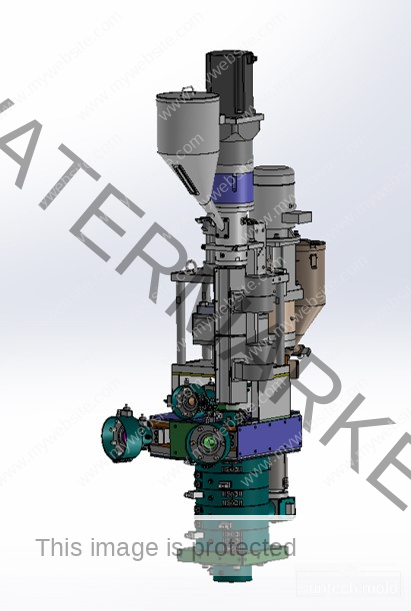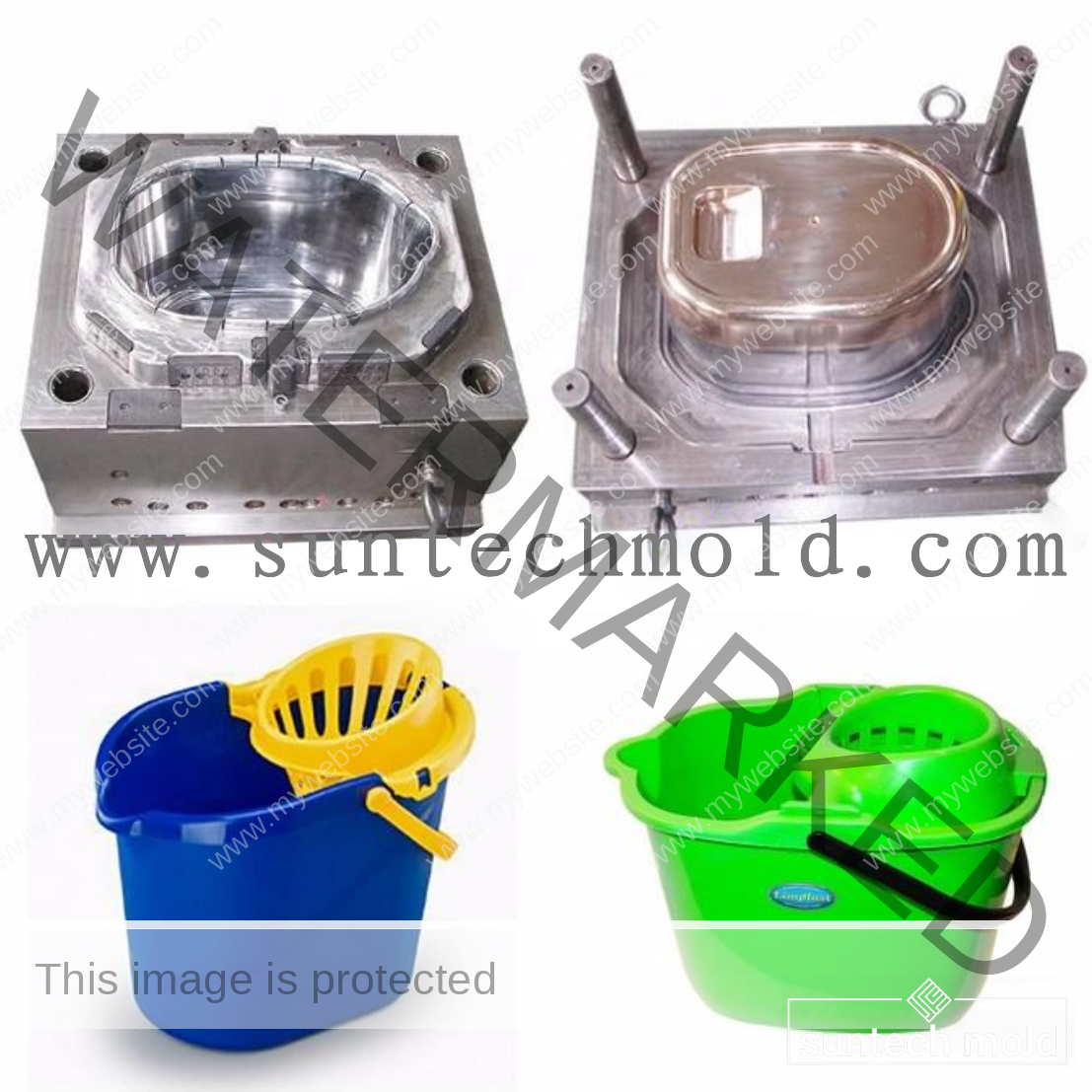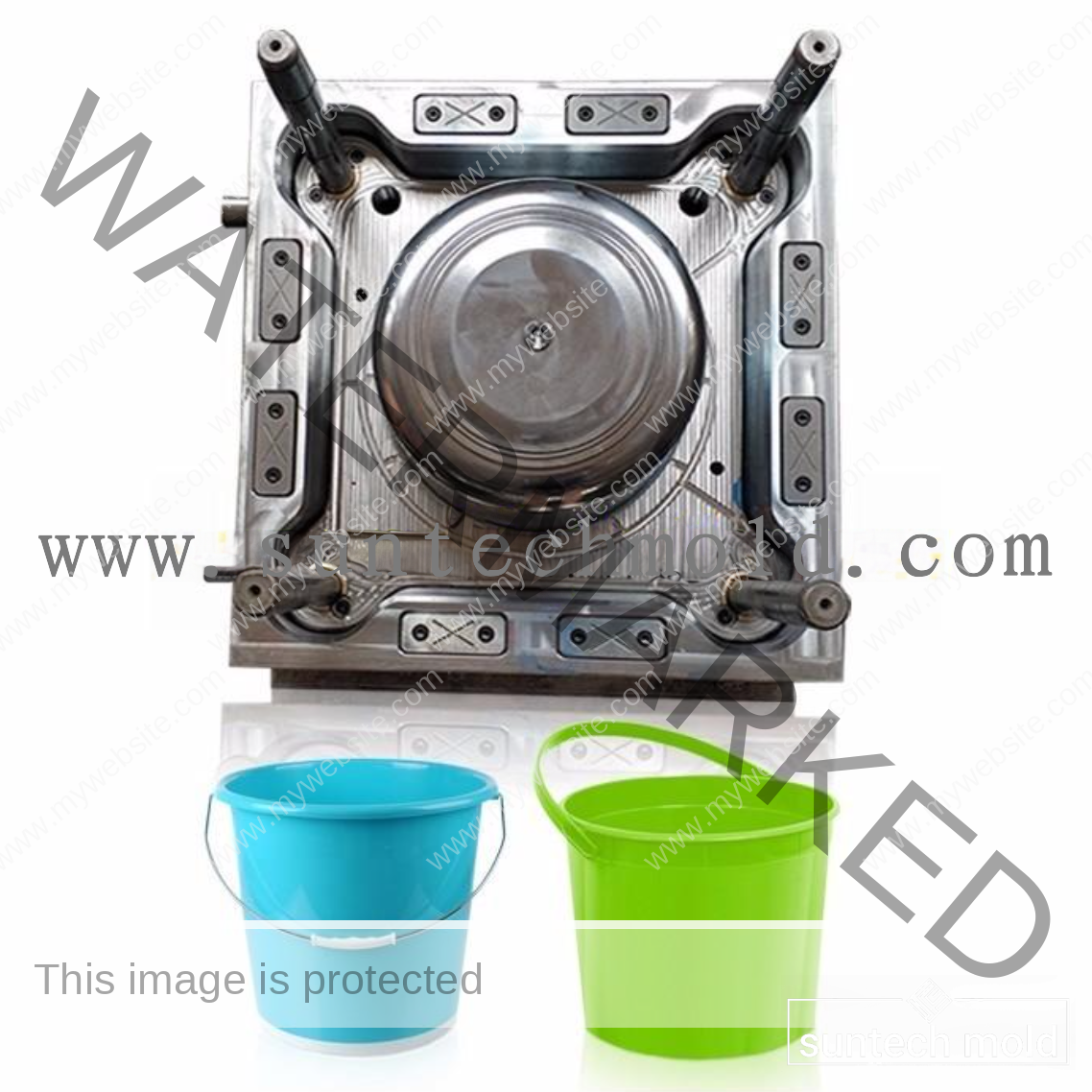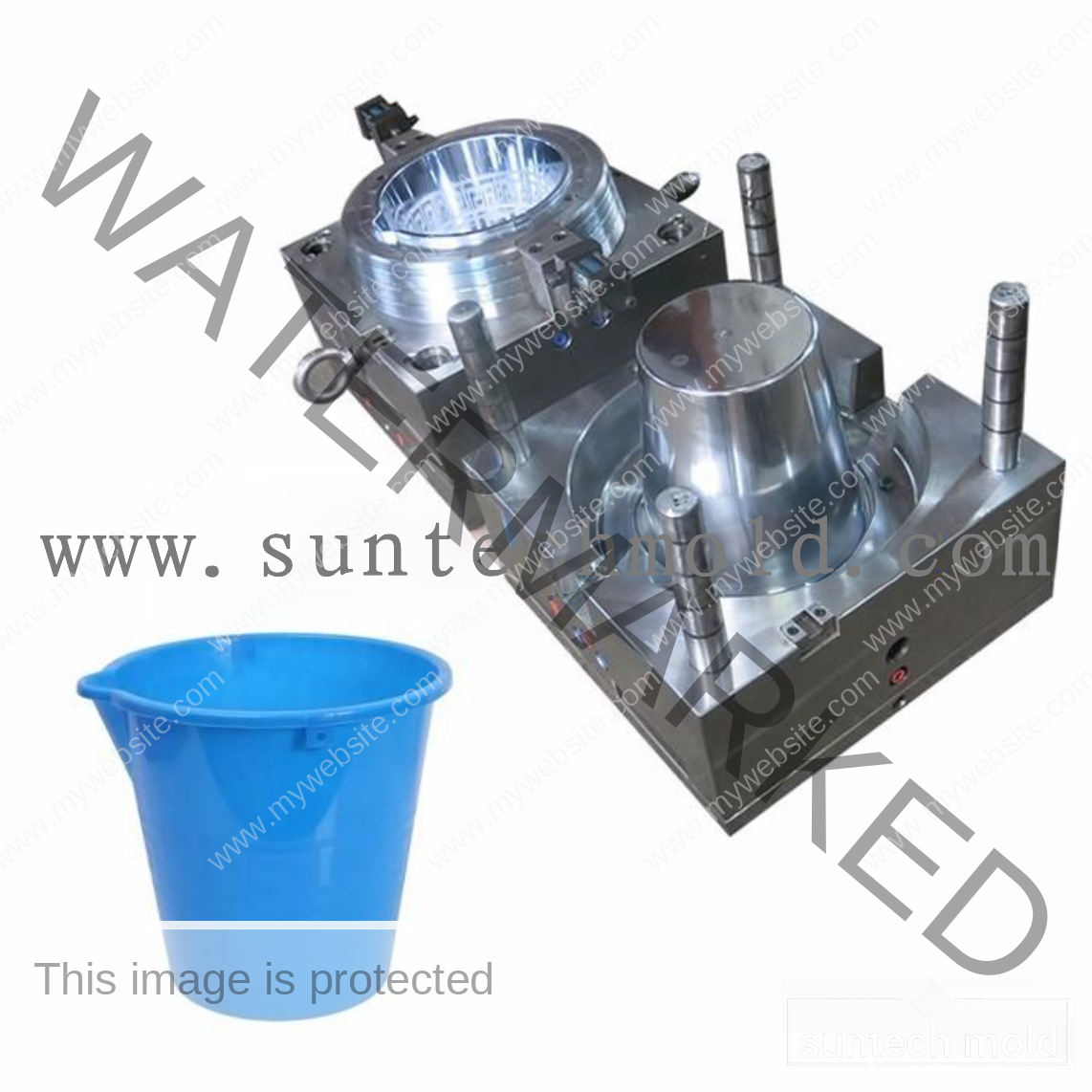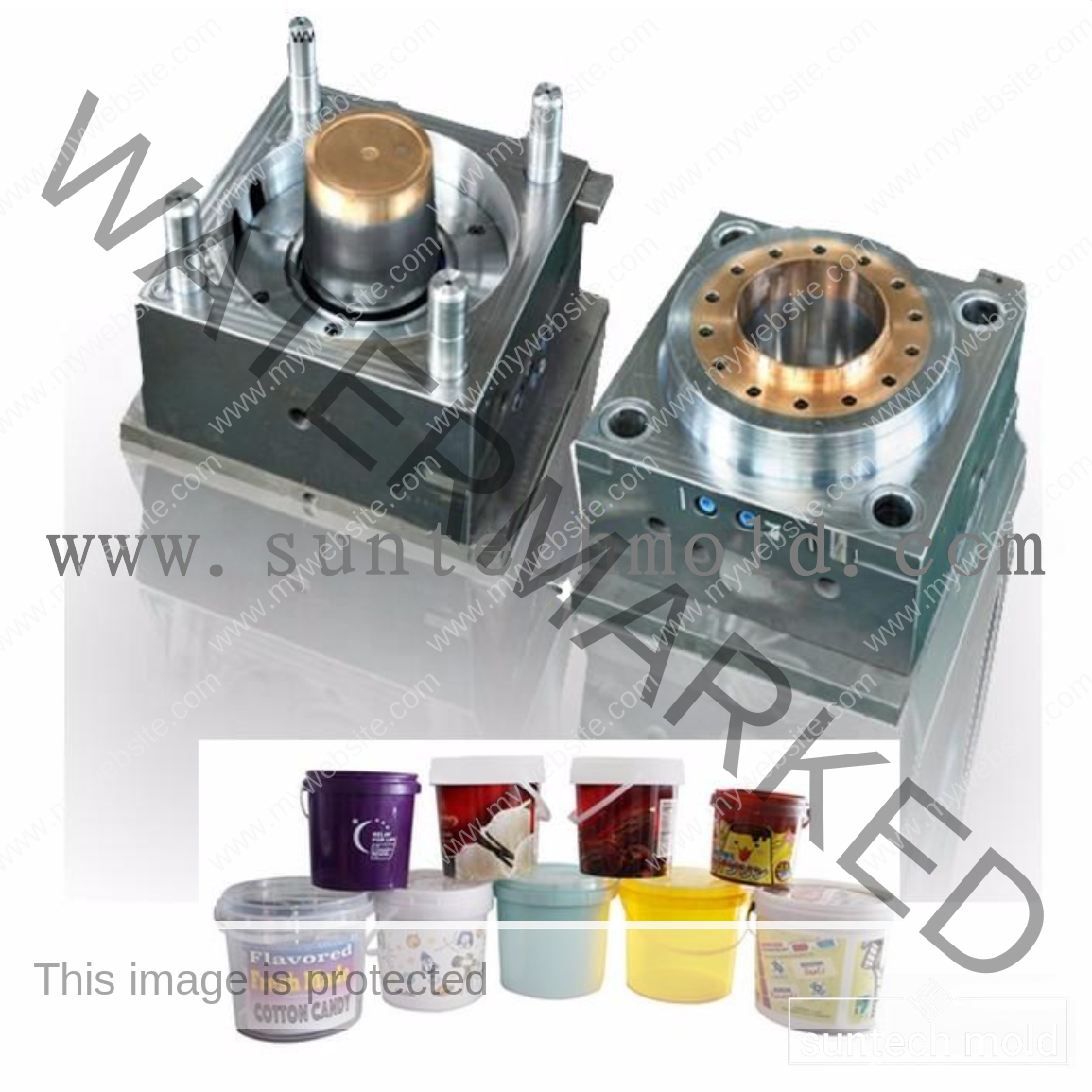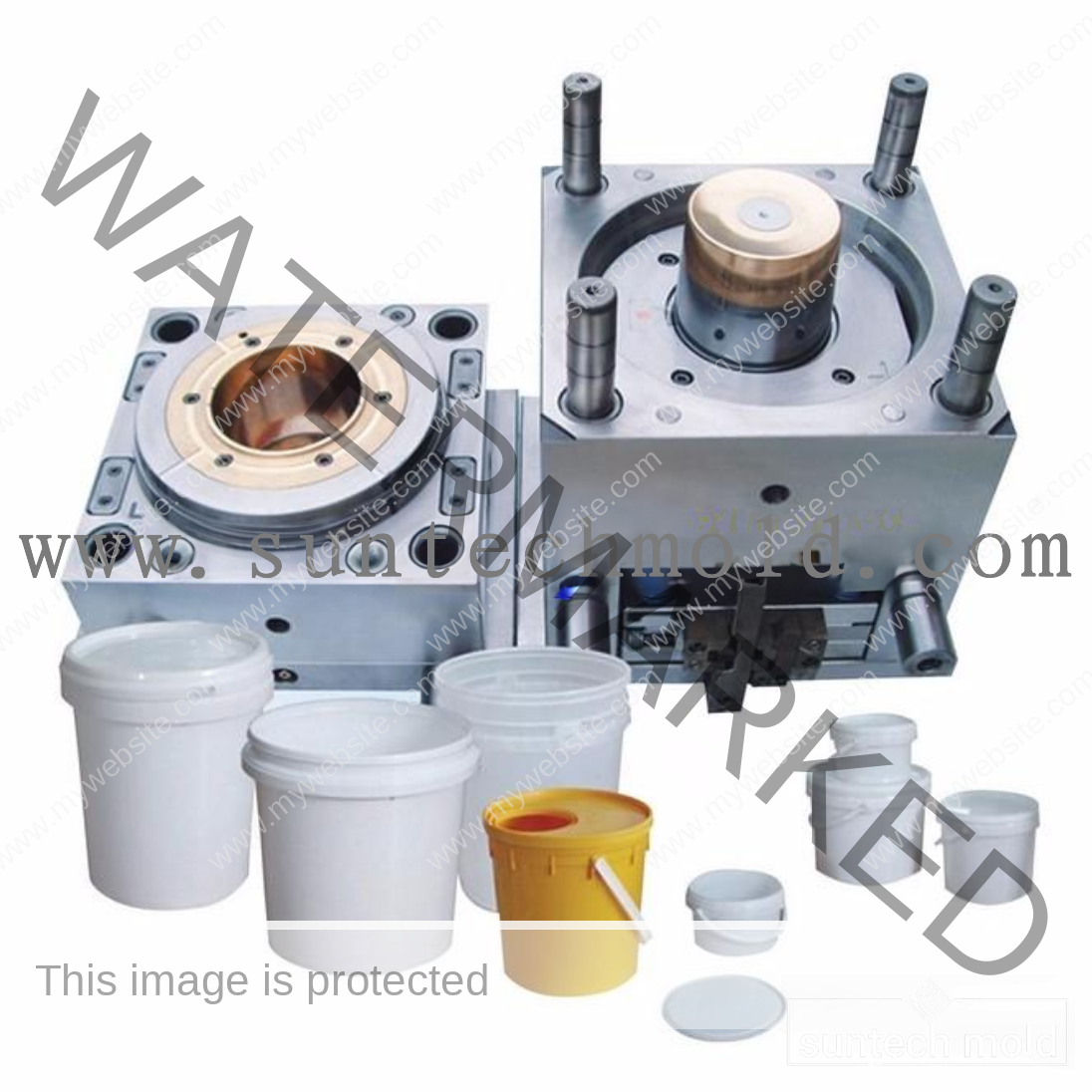Designing high-quality cleaning products starts with precision tools—and nothing is more essential than a mop bucket injection mold when manufacturing durable mop buckets. This product description explores the features, materials, and benefits of using a well-designed mold to produce commercial and residential mop buckets. Whether you’re in the plastic molding industry or sourcing for OEM manufacturing, understanding the materials and mold requirements is crucial.
High-Performance Materials for Mop Bucket Injection Molding
Choosing the right material is the first step toward producing a strong, long-lasting mop bucket. Below is a breakdown of the most reliable materials used in conjunction with a mop bucket injection mold.
High-Density Polyethylene (HDPE)
HDPE is one of the most popular materials used in mop bucket manufacturing. It is:
-
Lightweight yet incredibly strong
-
Resistant to impact and chemical exposure
-
UV-resistant, making it suitable for outdoor storage
Benefits: HDPE buckets are perfect for commercial cleaning tasks due to their toughness and low breakage rate.
Polypropylene (PP)
PP is another commonly used plastic, appreciated for its balance between flexibility and durability.
-
Good chemical resistance
-
Lightweight
-
Affordable for mass production
Benefits: It is ideal for standard residential or commercial mop buckets, providing excellent value without sacrificing quality.
Polyvinyl Chloride (PVC)
PVC can be molded in either rigid or flexible forms, giving manufacturers more design freedom.
-
High resistance to moisture and chemicals
-
Abrasion-resistant
-
Adaptable to specialized shapes and uses
Benefits: PVC is excellent for mop buckets intended to handle harsher cleaning agents or chemicals.
Rubber Components
Rubber isn’t typically used for the bucket body, but it’s valuable for accessories like:
-
Wheels
-
Grips
-
Handles
Benefits: Rubber provides a secure, non-slip surface and improves maneuverability and user comfort.
Stainless Steel Elements
In high-end or industrial mop buckets, stainless steel is sometimes included for extra durability.
-
Rust and corrosion-resistant
-
Hygienic and easy to clean
-
Withstands heavy-duty use
Benefits: This material is ideal for environments where sanitation is critical, such as hospitals or commercial kitchens.
Reinforced Plastics
These are composite materials that combine standard plastic resins with reinforcing fibers like fiberglass.
-
Superior impact resistance
-
Extended product lifespan
-
Maintains structural integrity under heavy loads
Benefits: Best suited for heavy-duty commercial cleaning tools that require a robust frame.
Considerations When Choosing a Mop Bucket Injection Mold
The mop bucket injection mold is the foundation of the final product’s quality. Several factors determine the best mold design and materials:
Intended Use
Consider the end environment of the mop bucket—whether it’s a high-traffic commercial building or a residential setting. Commercial-grade molds must produce buckets that withstand constant use and frequent exposure to harsh chemicals.
Exposure to Cleaning Agents
Some cleaning products contain strong acids or alkaline substances. Make sure the mold and plastic materials selected are compatible with these agents to prevent damage or premature wear.
Bucket Size and Weight
Larger mop buckets require molds designed to support structural stability. The mold should accommodate:
-
Thicker plastic walls for strength
-
Reinforced joints for load-bearing capacity
-
Ergonomic features for easy transport
Benefits of a Well-Designed Mop Bucket Injection Mold
Investing in a premium mop bucket injection mold delivers long-term value. Whether you’re producing small batches or scaling to large runs, the right mold ensures:
-
Consistent product quality
-
Reduced manufacturing defects
-
Optimized cycle time for faster production
-
Lower material waste and improved sustainability
Additionally, molds can be customized to include branding elements, unique colors, or compartmentalized sections for dual-purpose cleaning.
Applications Across Industries
The products made from these molds are widely used in:
-
Commercial janitorial services
-
Hotels and hospitality
-
Healthcare facilities
-
Schools and universities
-
Industrial manufacturing plants
Their durability, chemical resistance, and ergonomic design make them essential tools in high-demand environments.
Customization and OEM Manufacturing
If you’re a brand looking to launch a cleaning product line, the mop bucket injection mold can be tailored to your specifications. Molds can be adapted for:
-
Unique bucket shapes and volumes
-
Custom branding and embossing
-
Color-matched plastic resins
-
Specialty wheels and handles
Partnering with an experienced mold manufacturer allows you to bring innovative, reliable products to market faster and with fewer production challenges.
Final Thoughts
A mop bucket injection mold is not just a tool—it’s the blueprint for product quality. With the right materials, careful planning, and expert design, your mop buckets can exceed industry expectations. From heavy-duty commercial models to affordable home-use versions, the right mold sets the stage for durability, performance, and customer satisfaction.

